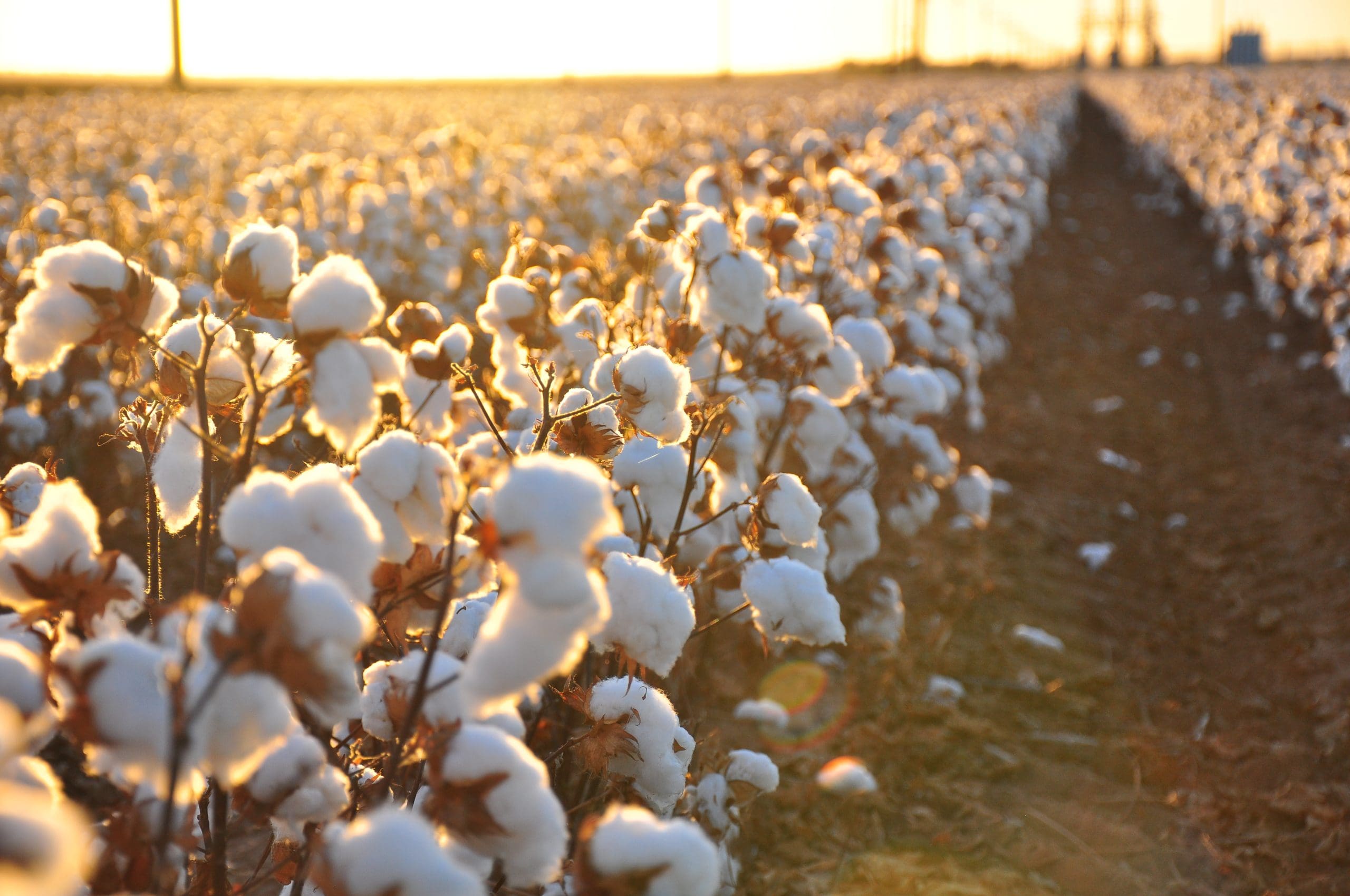India, the largest producer of cotton in the world, is currently at a crucial turning point in its cotton sector. The country’s vast cotton cultivation, spanning across 125 lakh hectares, has positioned it either first or second in terms of global production, with a staggering 320330 lakh bales being produced. Additionally, India is a prominent exporter of raw cotton, cotton yarn, and value-added textiles. However, the cotton industry faces critical challenges that call for immediate attention.
One path for the cotton sector is the High Road, which aims to boost productivity, benefit growers, meet the expanding consumption demand and maintain a significant export surplus. On the other hand, there is the Low Road, leading to stagnant production, volatile prices, a decline in export surplus, increased import reliance, and adverse impacts on the economy and value chain participants. It is essential for policymakers and other stakeholders to make a choice regarding the future trajectory of the industry.
Several factors contribute to the current crossroads. The availability of land for cotton cultivation has stagnated and may even reach a saturation point. Yields have been declining, dropping from a peak of 500 kg/ha five years ago to 440 kg/ha presently. Challenges such as land constraints, water scarcity, and the impact of climate change further exacerbate the situation, jeopardizing the cotton sector’s stability.
Recognizing the risks posed by climate change is crucial. Additionally, there exists a positive correlation between economic growth and cotton consumption, making it imperative to anticipate a robust expansion in demand, aligning with the nation’s goal of achieving a $5 trillion economy. Estimates suggest that cotton demand could reach approximately 380 lakh bales by 2030. However, production growth may lag behind demand growth, resulting in supply-demand imbalances, price fluctuations, and a diminished export surplus of raw cotton.
The cotton industry also faces potential challenges from falling crude oil prices due to countries’ efforts to transition to alternative energy sources. Cheaper synthetic materials could adversely impact the demand for cotton-based goods. Furthermore, India’s dependence on imported fine and extra-long staple varieties is expected to rise.
To overcome challenges related to land saturation, boosting yields emerges as the most viable solution to increase cotton production. Technological advancements, such as Bt. Cottonseed, have played a significant role in this regard. However, it seems that Bt. Cottonseed might be facing technological fatigue, as the pink bollworm has developed resistance. To revitalize the industry, robust policies that encourage investment in technological seeds are necessary. Intellectual property rights (IPR) and technology premiums should not be denied as they discourage research and innovation.
Genetic research is another avenue to combat climate change, utilizing climate-smart agriculture and developing climate-resilient crops. To facilitate this, long-term policies that incentivize companies to invest in research and development are crucial, as seed research requires significant time and resources.
Replicating successful practices from high-yield regions to other areas can significantly enhance overall cotton yield. This includes implementing effective input management and adopting agronomic practices that have been proven successful in districts that enjoy twice the average yield.
Finally, large user industries have a moral responsibility to produce the required raw material through contract farming. In this regard, Farmer Producer Organizations (FPOs) can be valuable partners. This arrangement would create a win-win situation for both growers and industrial users.
The urgency to breathe new life into India’s declining cotton sector necessitates collaboration among stakeholders. Policymakers, research institutions, growers’ organizations, input companies, industrial users, exporters, traders, and service providers must unite with a shared purpose. Together, they must design a long-term policy framework that fosters sustainable growth and development in the cotton industry.
REFERENCE: Cotton Association of India conference (Hyderabad)

